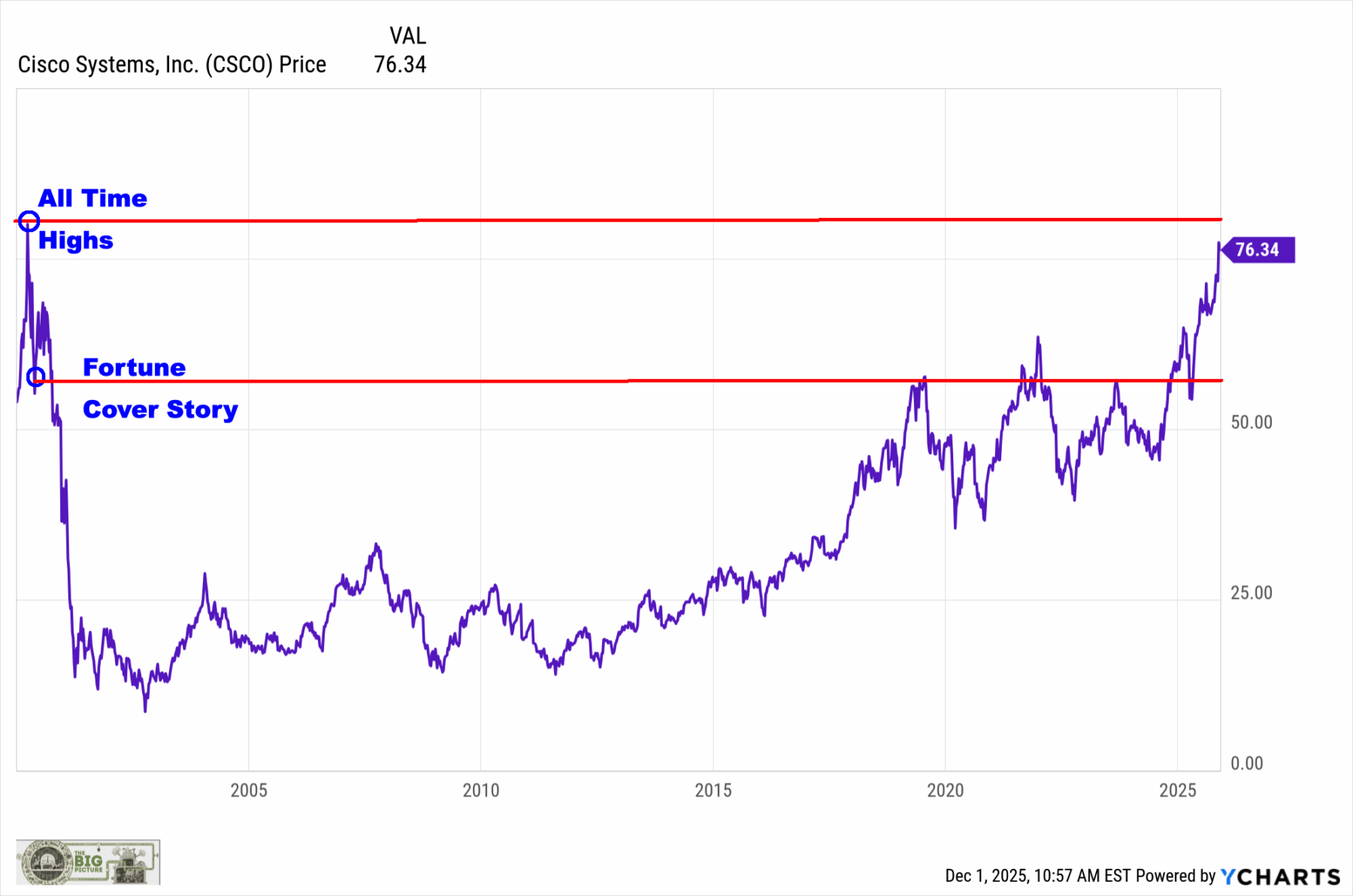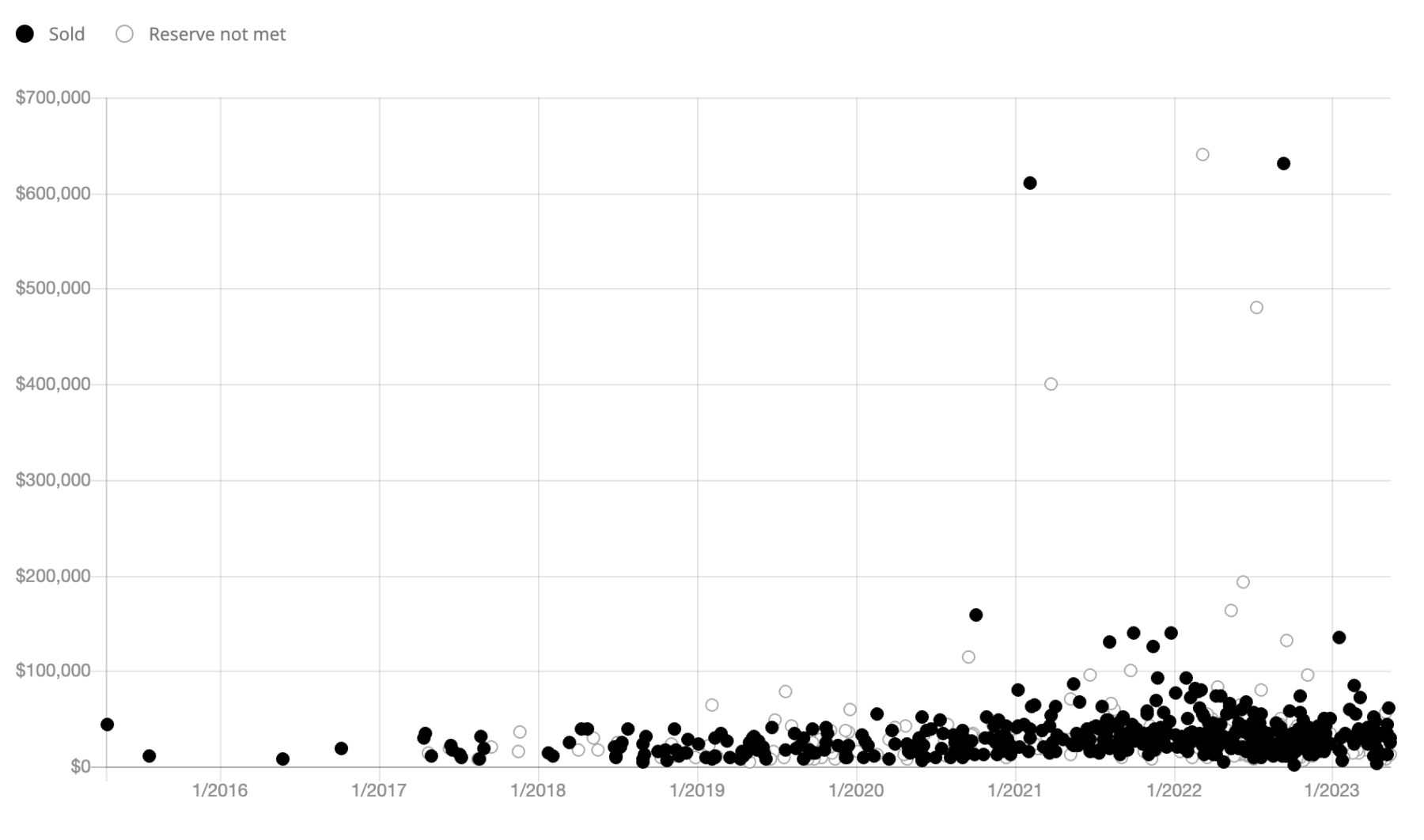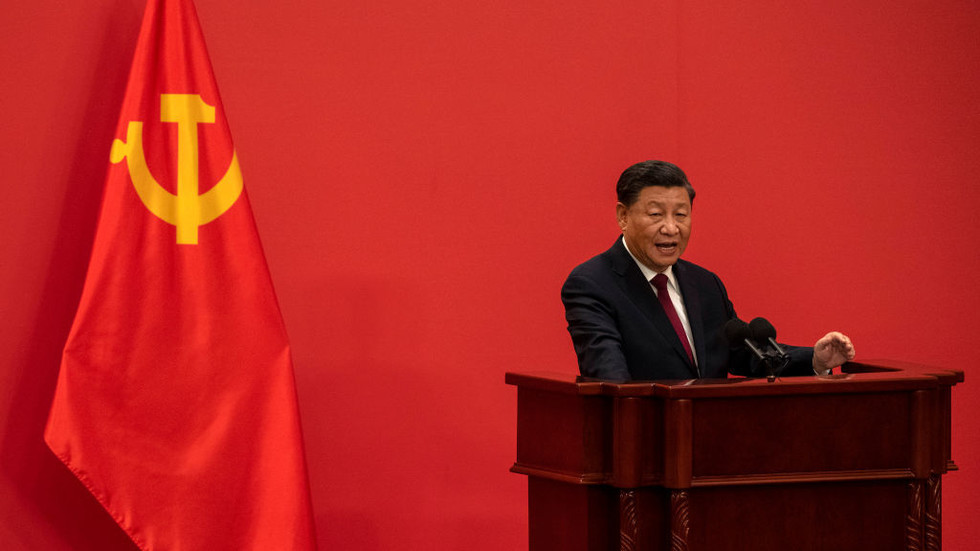I recently attended a Hoover Institution monetary policy conference entitled.”How to get back on track”. But exactly what does it mean to get back on track?
That question got me thinking about why I struggle so much when people ask me whether I agree with current Fed monetary policy. I find the question difficult to answer because there are two distinct senses in which monetary policy can be off track:
1. The current stance of policy can be too easy or too tight. I.e., the fed funds target might be too low or too high relative to the natural rate.
2. The Fed might have the wrong policy regime. They might be doing growth rate targeting whereas they ought to be doing level targeting. That makes policy errors more likely.
I find that the average person sees the first question as being more important, whereas for me being “on track” is mostly about the second question. Thus some of my readers might assume that right now I in some sense “agree with Fed policy”, even though I actually disagree with the policy. Yes, I don’t see much evidence that the current stance of monetary policy is too easy or too tight, but if the economy ends up in the ditch next year then I’ll probably blame the Fed. Would that be unfair Monday morning quarterbacking? I’ll use another sports analogy to try to illustrate my point.
Suppose a technical foul were called on the Lakers, and coach Steve Kerr of the Warriors chose Kevin Looney to shoot the technical free throw. I would severely criticize this decision, as Looney only shoots 60% whereas he could have used Steph Curry (who shoots 90% on free throws.)
Now suppose someone asks me to predict the path of Looney’s free throw. I’ll say that I forecast it to go right through the basket. Yes, he’s fairly inaccurate, but I have no idea whether he’ll miss left or right or short or long. Think of a probability distribution with “fat tails”, where the center of the distribution is right on the basket. He’s not very accurate, but I am not aware of any systematic bias.
Even though I predict Looney’s shot will go toward the basket, I’d still criticize coach Kerr’s decision to use Looney if the shot missed. Similarly, while the current stance of monetary policy seems OK, the Fed’s “let bygones be bygones” policy regime produces a much less stable monetary policy than would a level targeting approach.
People will often point out to me that the financial markets did not predict a big inflation problem in mid-2021. In that case, is it fair to criticize the Fed for what happened later? Isn’t that just Monday morning quarterbacking? I’d say criticism is fair, because they should have had a regime in place where they promised to get back to the NGDP trend line after an overshoot. That promise would have made the initial overshoot much smaller.
Just as I would predict Kevin Looney’s shot to go toward the basket despite his poor skill at shooting, I will usually (not always) predict the future path of NGDP to be roughly where the Fed wants it to be. And I suspect that the markets have the same view. We don’t have an NGDP futures market, but the markets we do have seem to be implicitly predicting a slowdown in NGDP growth, but no severe recession. Thus interest rates are expected to fall later this year, but remain above 4%. A fall in interest rates would only occur if NGDP growth slows, and yet if there were a severe recession then interest rates would fall to well below 4%. So far, so good.
At the conference, St Louis Fed President James Bullard suggested that a soft landing is still very much in play. He pointed out that unlike in the early 1980s, inflation expectations are close to 2%. It’s much easier to bring down inflation if the higher rates have not yet become embedded in the public’s expectations. The Fed still has more credibility than in the early 1980s.
I mostly agree with Bullard, but I am a tad less optimistic due to my worry about the policy regime. Yes, markets seem to be forecasting a fairly good outcome. But that’s just the midpoint of the distribution—there’s still a worryingly wide range of possible outcomes.
We need to switch from a Kevin Looney Fed to a Steph Curry Fed. We need to shift from flexible inflation targeting to NGDP level targeting, so that when NGDP begins to drift off course there be an immediate move in market interest rates that will nudge the Fed in the right direction.
PS. It is the 30th anniversary of the Taylor Rule, and it was nice to see the conference honor John Taylor for his role in making monetary policy more precise during the late 1900s. Recessions became less frequent after 1982, which is about the time the Fed began using a more Taylor Rule-type approach to policy. I see level targeting as the next step.
PPS. Don’t take this post as a criticism of Looney, who is an excellent rebounder.
PPPS. I’m tempted to say that level targeting would make monetary policy almost “Stephertless”, but I won’t.
















